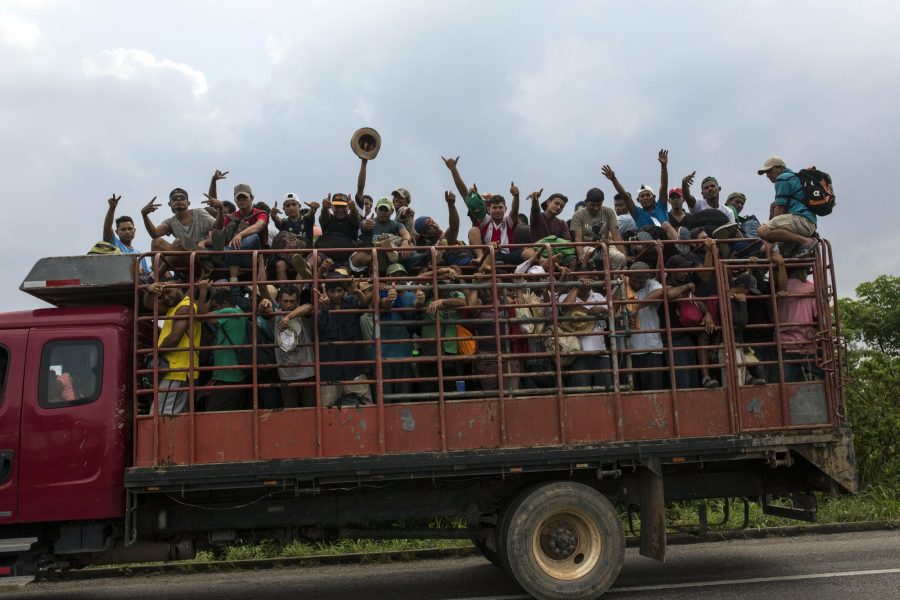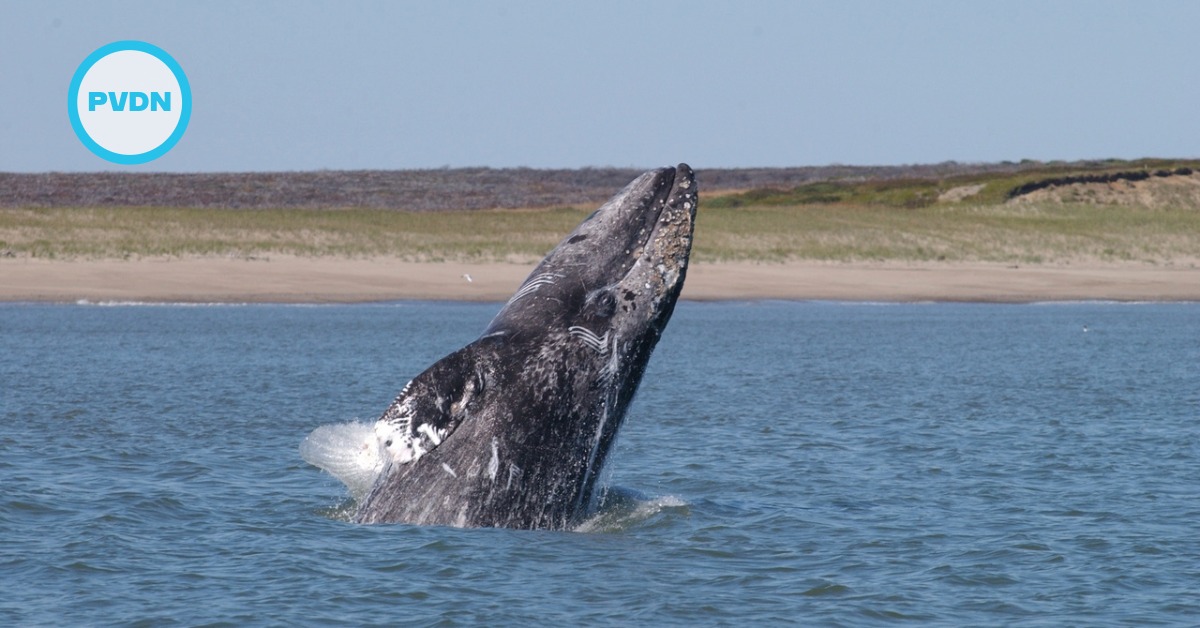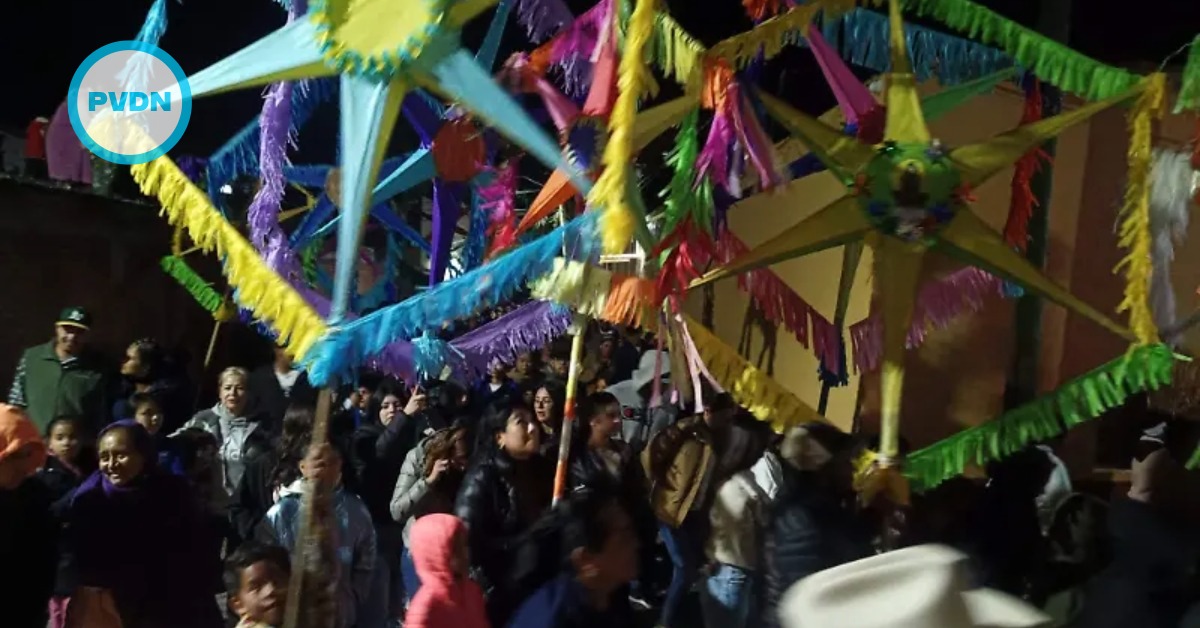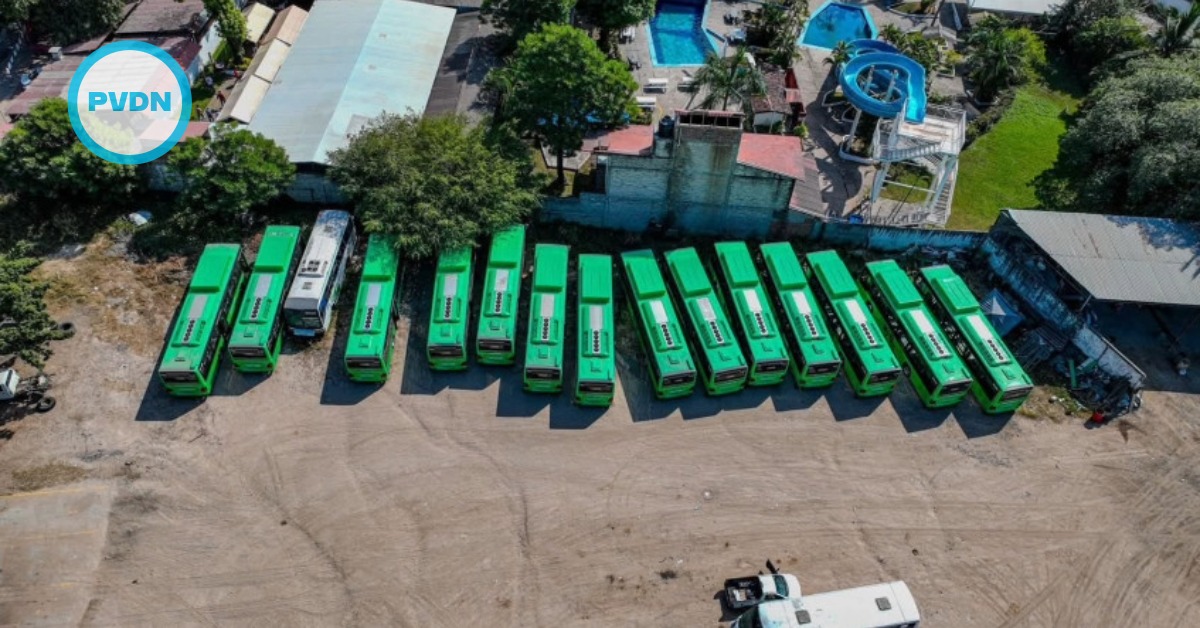Thousands of Central American migrants traveling in a caravan through southern Mexico resumed their journey toward the United States by hitchhiking and walking along highways on Saturday, after a governor reneged on a brief offer to provide dozens of buses to take them to Mexico City more quickly.
Gov. Miguel Angel Yunes announced Friday evening that authorities in the Gulf Coast state of Veracruz would be providing not only humanitarian assistance to the migrants but buses to leapfrog them to the country’s capital, three weeks after the migrants began their grueling journey.
“It is very important that they be . . .







